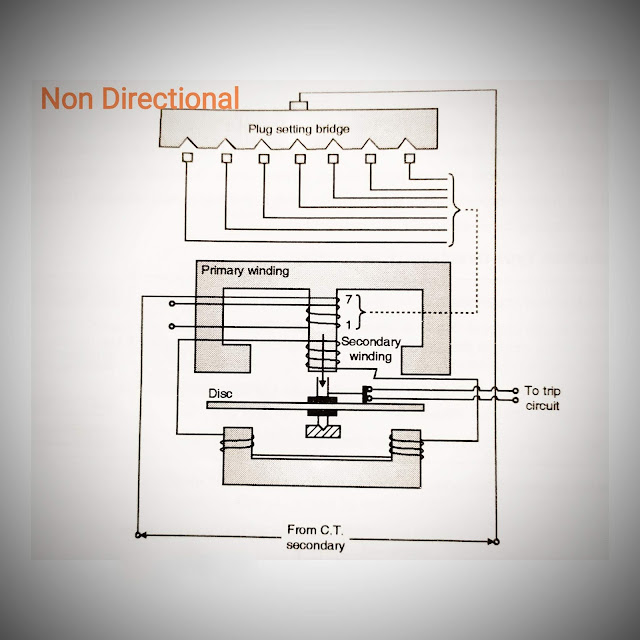Desirable qualities And Term's of protective Relaying
Desirable qualities And Term's of protective Relaying
- Selectivity and Discrimination
- Speed
- Sensitivity
- Reliability
- Simplicity
- Adequateness
- Economy
1. Selectivity and Discrimination:-
- Selectivity is the ability of the protective system to select correctly the faulty part of the system and disconnect the faulty part without disturbing rest of the system. And in order to provide selectivity to the system entire system is divided into several protection zones.
- Discrimination means 'identifying the difterence between'. This property of protective relaying enables it to distinguish between the nomaal condition and abnormal condition. The protective scheme should operate during abnormal condition and notduring normal condition.
- If Fault occurs at F1 the CB1 only should trip and other system continues to work. Similarly for F2 both CB3 and CB2 should open. Thus, the protective relaying should isolate only the faulty part of line without disturbing neighboring line.
2. Speed:-
- This relay system should disconnect the faulty section as fast as possible.
Relay time:-
- It is the time from the instant of actuating element is energized to the instant when relay contacts are closed.
This is important for the following reasons:
(a) Electric equipment may be damaged if it carries fault current for a long time.
(b) chances of developing other fault due to previous fault are reduced.
(c) Power system stability is improved if speed is high.
3. Sensitivity:-
- It is the ability of the system to operate for lower values of actuating quantity. Sensitivity of a relay is a function of volt ampere input to the coil of relay necessary for its operation. The smaller the volt ampere the more is the sensitivity of relay. Thus, 1 VA relay is more sensitive than 3 VA relay.
4. Reliability:-
- This relay system has the ability to operate in a predefined state.
- The protective relaying should not fail to operate in the events of fault, there should not be any fault in protective relaying components and the protective relaying should not operate unnecessarily.
5. Simplicity:-
- The relaying system should be simple so that it can easily be maintained.
- Reliability is closely related to simplicity, the simpler the protective scheme, greater is it's reliability.
6. Adequateness:-
- The relay should provide sufficient protection to the system under abnormal conditions.
7. Economy:-
- The most important factor in choice of protective relaying is economic factor.
- As a rule, defense equipment should not cost more than 5% of the total cost. However, the equipment to be protected is of utmost important e. g. Generator, main Uansmission line etc. then more expenses are allowable.
- this course, we are expected to learn in brief some of the important types of relays,their circuit operation and how the circuit is protected in abnormal conditions/faults by the relay operation.



Awsome
ReplyDeleteIt is very usefull for gtu student
ReplyDelete